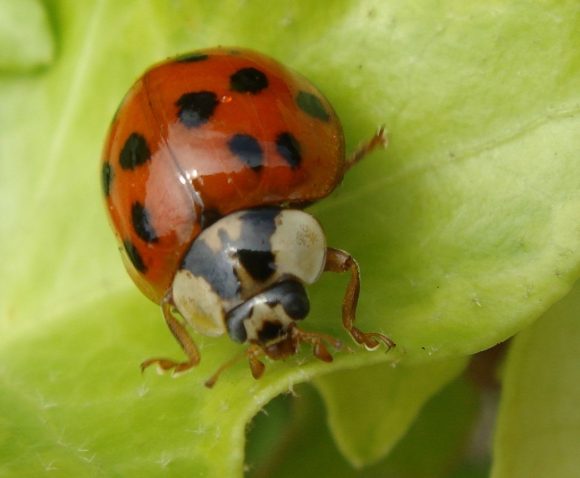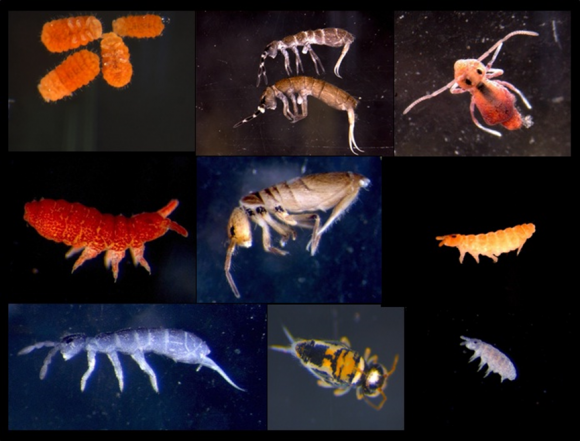A recent paper by former C·I·B student Dr Ony Minoarivelo and C·I·B core team member Prof Cang Hui explored the features of alien species and invaded ecosystems that may influence the success of alien species.
In their paper, which was published in Ecology and Evolution, the authors used a model to predict the success and impact of invasions in mutualistic systems.
Mutualistic systems are communities where species have interactions that are beneficial for both parties, for example insect pollinators and the plants they pollinate. In these systems, alien species do not always have a negative impact and their presence might benefit the invaded community.
The study made three important findings. First, when the phenotypic trait of the alien species, such as the proboscis length of an insect pollinator, differs much from traits of the native species, the alien species is more likely to become invasive. Second, to invade further, the invader needs to establish interactions with as many partner species as does the average native species.
Finally, the study showed that the most invasive species are not always the ones causing the biggest impact. This highlights the need to differentiate highly invasive species from those with big impacts before deciding on how to manage them. “Invasive species should only be targeted if their negative impacts outweigh their positive effects,” explains Dr Ony Minoarivelo.
Depending on the species interaction inside the community, some mutualistic communities might collapse quickly after the loss of only few of their species. Surprisingly, such communities are very resistant to the invasion of new species. Hence, Dr Ony Minoarivelo emphasizes, “there is a need to use the appropriate measure when quantifying the stability of an ecological community. Results might depend on which measure has been used. Stability measurement should not be interpreted outside the initial context in which the drivers of change (example species loss or species invasion) have been defined.”
Read the paper in Ecology and Evolution
For more information, contact Dr Ony Minoarivelo at minoarivelo@sun.ac.za

(Photo credit: By Jon Sullivan via https://commons.wikimedia.org/wiki/File:Honeybee_apis_mellifera.jpg#/media/File:Honeybee_apis_mellifera.jpg)



